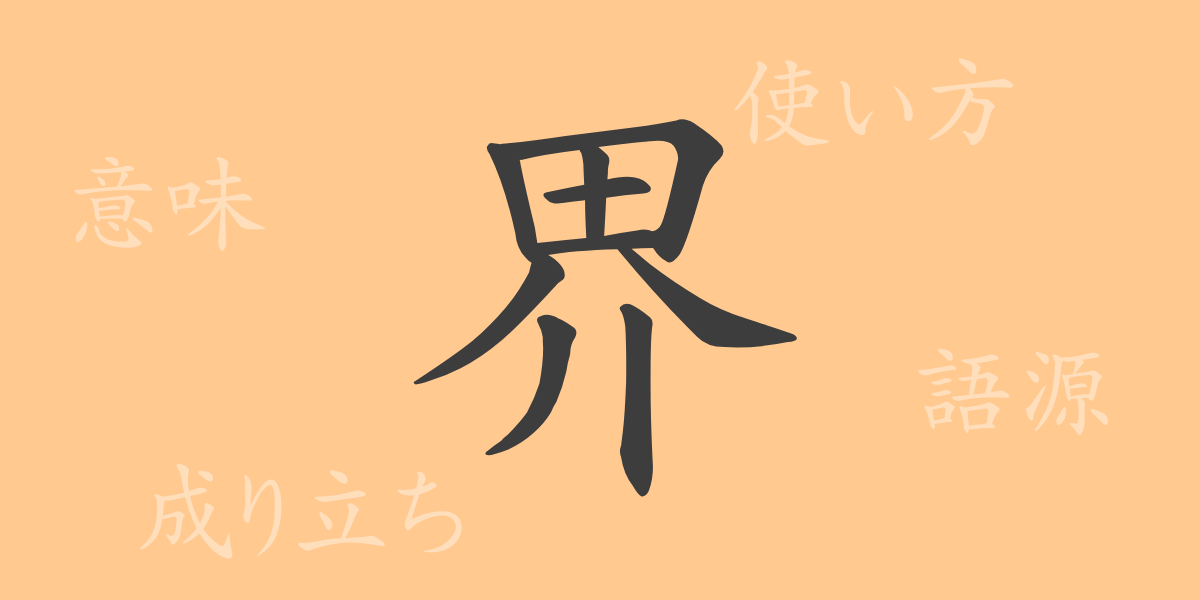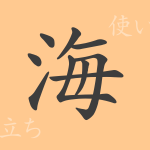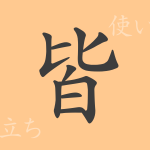Japanese culture allows for rich expression through its unique writing system. Among its characters, “界” (Kai) is deeply ingrained in our daily lives, used in various meanings and applications. This article delves into the origin of the commonly used kanji “界” (Kai), exploring its allure from its beginnings to its contemporary usage.
The Origins of 界 (Etymology)
The kanji “界” (Kai) originated in ancient China. It is composed of “田” (Ta), surrounded by “介” (Kai), and originally signified the boundaries dividing land. Over time, its application expanded to not only physical boundaries but also to demarcate abstract concepts.
Meaning and Usage of 界
In modern Japanese, “界” (Kai) is widely used as a kanji indicating boundaries or ranges. It is also employed to denote specific fields or domains, as seen in words like “芸術界” (Geijyutuka – the art world), “学界” (Gakkai – the academic world), and “ビジネス界” (Bijinesukai – the business world), representing particular social groups or areas.
Readings, Stroke Count, and Radical of 界
“界” (Kai) is one of the basic kanji in reading and writing Japanese.
- Readings: The on’yomi (Sino-Japanese reading) is “かい” (Kai), and there is no particular kun’yomi (native Japanese reading).
- Stroke Count: It has a total of 9 strokes.
- Radical: The radical is “田” (Ta), but it is characterized by the extended form of “介” (Kai).
Idioms, Phrases, and Proverbs Using 界 and Their Meanings
There are numerous idioms, phrases, and proverbs that include “界” (Kai) in the Japanese language. Here are a few examples:
- 世界 (Sekai): Refers to the entire Earth, or a specific range or domain.
- 私界 (Sikai): Means a personal domain or private range.
- 境界線 (Kyoukaisen): Represents the line that divides two regions or domains.
- 水界 (Suikai): Indicates the expanse of water surfaces or waterfront regions.
- 異界 (Ikai): Refers to a mystical or supernatural realm different from the ordinary world.
Conclusion on 界
The kanji “界” (Kai) holds deep meanings and diverse applications that its simple shape might not suggest. It is used not only to indicate physical boundaries but also to delineate various aspects of our society and culture. In this single character, the complexity of the world in which people live and their efforts to understand it are encapsulated.

























